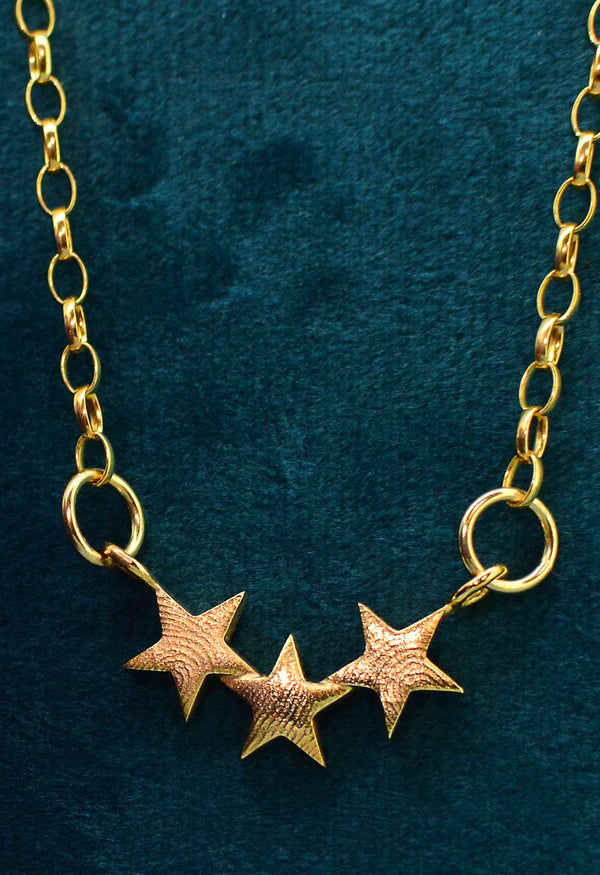Your Cart is Empty
~ Waiting List in Operation ~ Please Ask Before Ordering ~
~ Personalised jewellery to treasure forever ~
~ Waiting List in Operation ~ Please Ask Before Ordering ~
~ Personalised jewellery to treasure forever ~

The Interesting History Behind Victorian Mourning Jewellery
November 17, 2018 3 min read
There's more to jewellery than glittering gems and precious metals. Over the centuries, broaches, bracelets, and rings have taken on a second meaning for some collectors, either as heirlooms, or mementos of moments in history.
One of the most interesting genres of vintage jewellery is "mourning" jewellery. The concept of mourning jewellery first began with Queen Victoria, who expressed her grief for the loss of her husband, Prince Albert, through various intricate pieces. Queen Victoria's decision to express herself through stunning fragments of Whitby jet and bog oak quickly caught the attention of the masses, leading to a craze that lasted for decades.
Where Did Mourning Jewellery Begin?
In the time of Queen Victoria, people rarely lived as long as we do today. A lack of good medicine, problems with poor diet, and issues with hygiene meant that early deaths were common. On top of that, childbirth claimed the lives of many mothers across the country.
Death was a standard part of daily life for the Victorians, yet their politeness and status-focused nature meant that most people didn't have a proper outlet for their grief. Victorians didn't want to have to tell people that they were experiencing a loss, so they needed a way to demonstrate their status in a silent, and stoic manner. Victorian mourning jewellery was perfect for this process, as it instantly informed others that a person was grieving.
While it seems strange today that anyone would need a piece of jewellery to communicate something to another person, the Victorians lived according to a rigorous code of behaviour. Silent symbolism was the expectation of the time. Often, this etiquette even extended to giving symbolic gifts. For instance, instead of telling someone you were thinking of them, you'd need to choose the right flower, like a forget-me-not to symbolise love.
The Materials Used to Make Mourning Jewellery
Mourning jewellery was both a respectful way to display your status as a widow, or a person experiencing loss, and a method of honouring the person who had passed away.
To be classed as "mourning" jewellery, pieces needed to be able to convey the correct emotions through the use of specific designs and materials. Natural Whitby Jet was a particularly popular option thanks to it's black colouring and high-quality finish. However, as mourning jewellery continued to achieve popularity at a rapid pace, supplies of Whitby Jet depleted, making it harder, and more expensive to obtain.
For those unable to pay the extravagant costs for true jet, cheaper alternatives emerged, including black glass, died black horn, and bog oak from Ireland.
To begin with, every piece of mourning jewellery was individually handmade. Some featured precious metals and gemstones, while others were carved into unique shapes, or engraved with attractive patterns.
When the Victorian era began to see the transformations of industrialisation, mourning jewellery was one of the first types of jewellery to be mass produced. After a while, the items were so low in price, that the general population could afford to wear them alongside the aristocracy.
You Can Still Find Mourning Jewellery Today
The original pieces of mourning jewellery, typically purchased by wealthy Victorian families and royalty, were made to last from materials that hold their beauty for centuries at a time. You can still find pieces of mourning jewellery in auction houses and antique shops today. Some of these pieces have even been passed down as heirlooms throughout the centuries.
The most sought-after antique mourning jewellery typically includes enamelled precious metals, and intricate hair weaving, while pieces created in Whitby Jet, Horn, Vulcanite and bog oak are easier to find.
Leave a comment
Comments will be approved before showing up.
Subscribe
Sign up to get the latest on sales, new releases and more …

Join the Club
WE'RE SO PLEASED TO SEE YOU!
Stay a while and look around.
While you're here, why not subscribe to our newsletter?We'll give you £20 off your first order, VIP access to new products, and access to our very special sample sales.We promise not to annoy you (honest).
